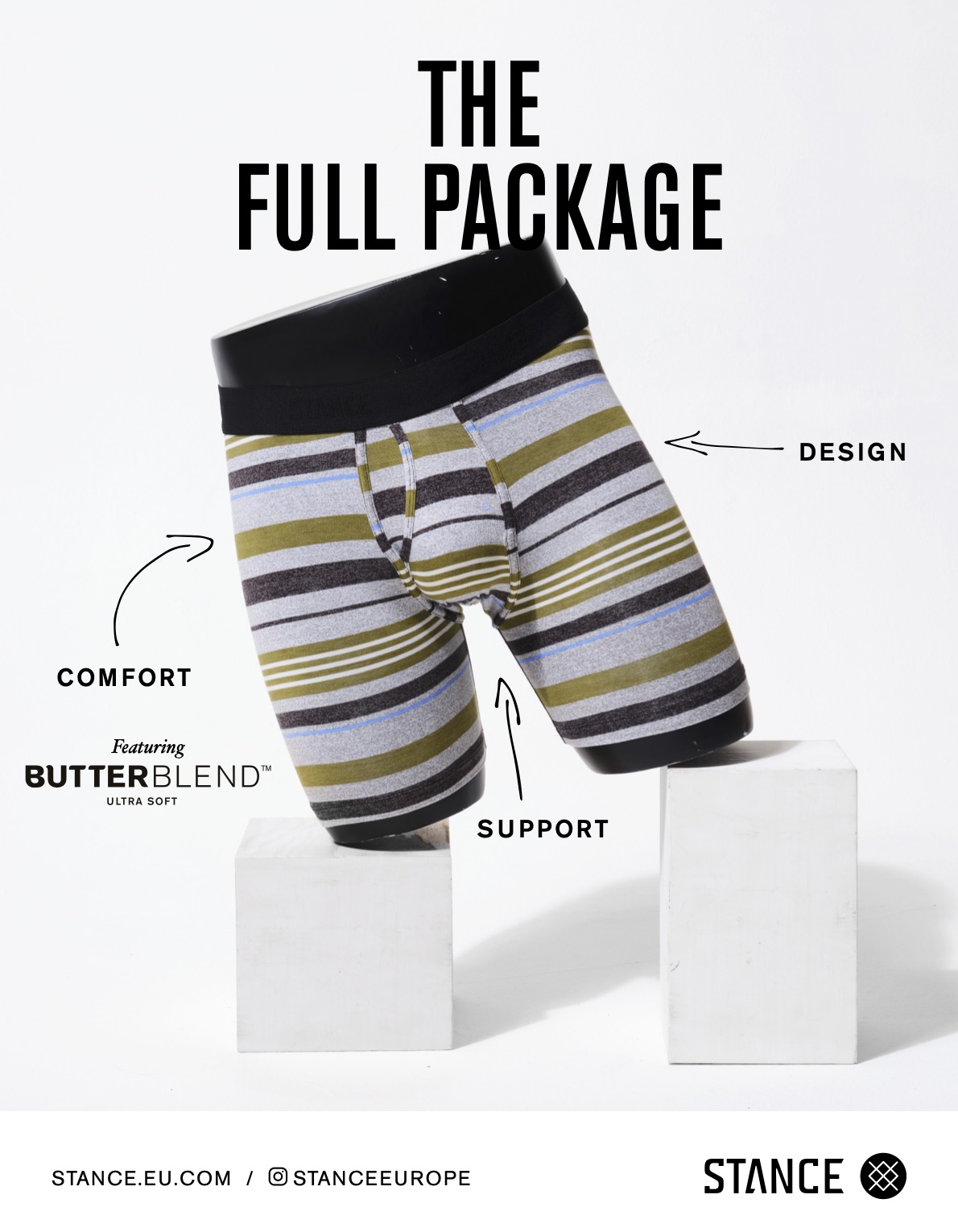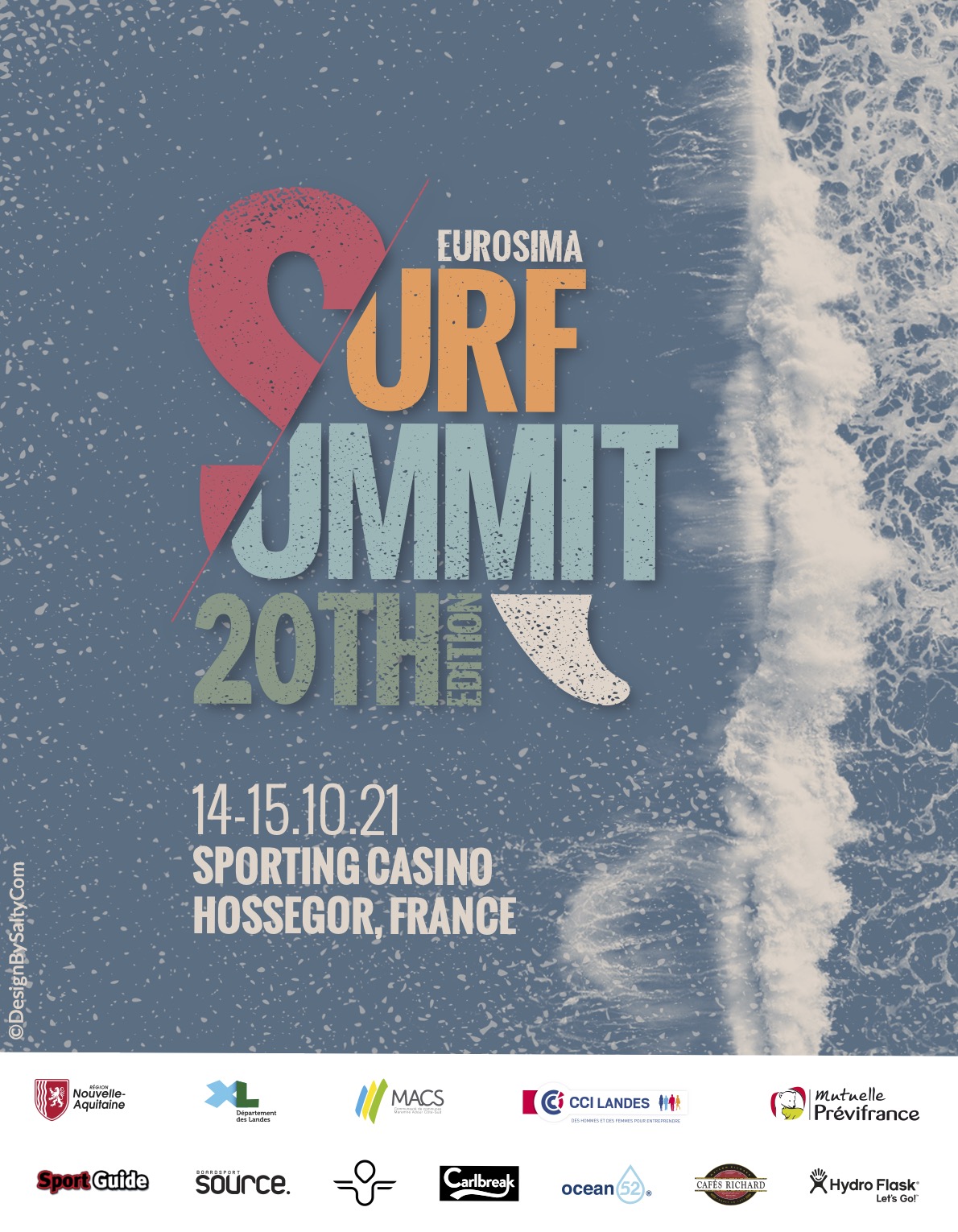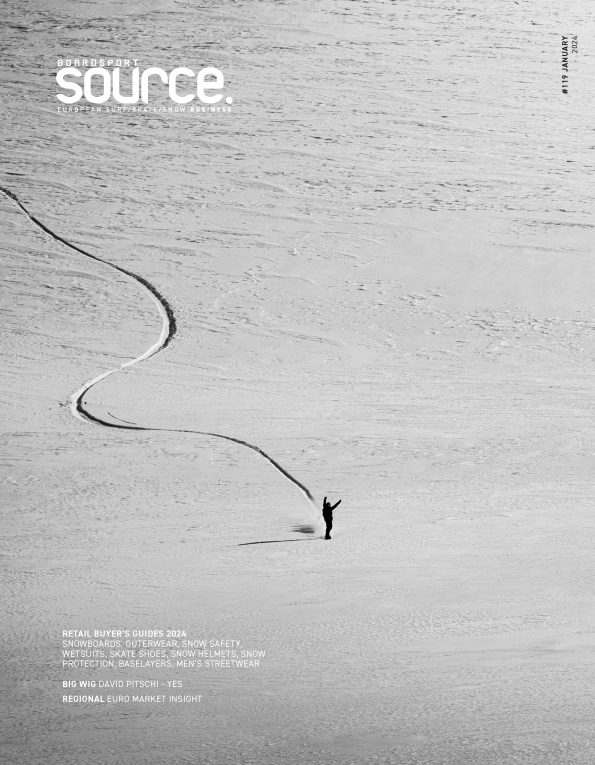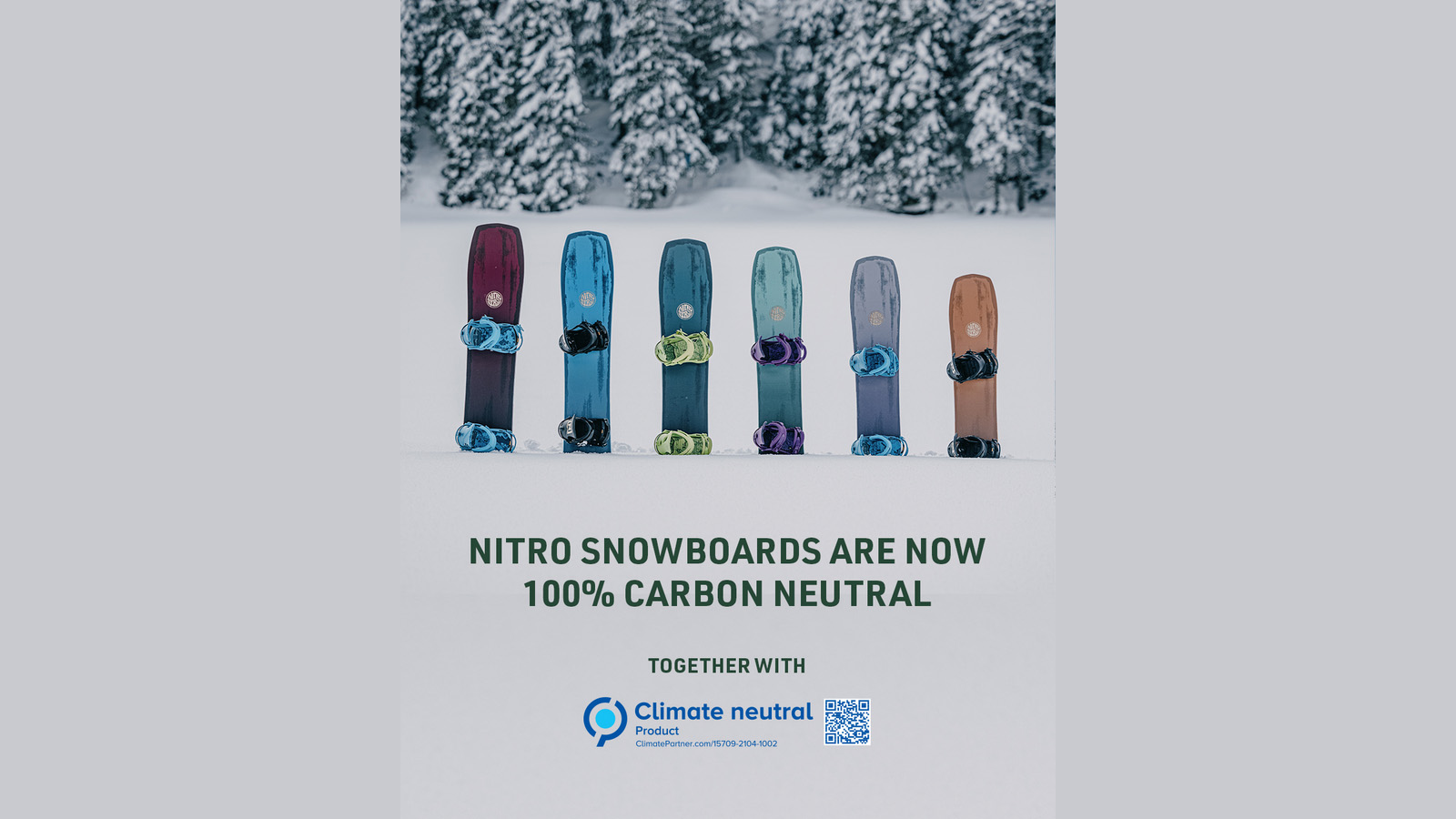
Nitro Snowboards Achieves Climate Neutral Status, Andi Aurhammer Explains
With regards to their progress towards becoming a more sustainable brand, Nitro Snowboards have been relatively quiet. However, in addition to the sustainable practises already in place, Nitro used the lockdowns to work on becoming climate neutral, with the help of ClimatePartner. We caught up with Andi Aurhammer, Global Marketing Director, to find out just what this process involved.
Andi, talk to us about the biggest challenges Nitro has faced since the pandemic kicked off.
It’s been quite a ride over the past 2 years. Certainly, the biggest challenge was the uncertainty we were facing. When the Covid outbreak started in early 2020, we had our orders in for the most part and thought we just duck dive for a couple of months and wait until the outbreak was over – pretty naïve looking back now 🙂 But financially, we were not too concerned in the beginning. We adjusted our working environment, stopped the international travel, and cut back in marketing as almost nothing was possible to do anyways.
Over the summer months of 2020, we were still hoping that the resorts would open up globally and we would have a more or less regular season. But again, we were proven wrong – in Europe at least. This was the time where, I personally, was the most concerned; the number of Covid cases around the globe was rising, there was no vaccination available and constant lockdowns and shops closures were everywhere. At that point, I had no idea if and how we would make it through this pandemic. Europe got hit very hard with almost all countries facing massive cutbacks in sales. But there were some exceptions, like in Scandinavia where resorts were allowed to open for the public. USA and China had a great season, never mind the pandemic, and saw huge increases in the level of participation in winter sports. That helped us to balance the declining market in Europe.
Now we are in the next stage of the pandemic and again, we’re facing something that was hard to predict: the lack of raw materials, the delays, and the steep price increases in shipping. And I am not sure what’s next. But looking back I have to say that we benefitted a lot from being a small, flexible, and a very fast responding company. So, whatever we face next, we will cross that bridge when we get there…
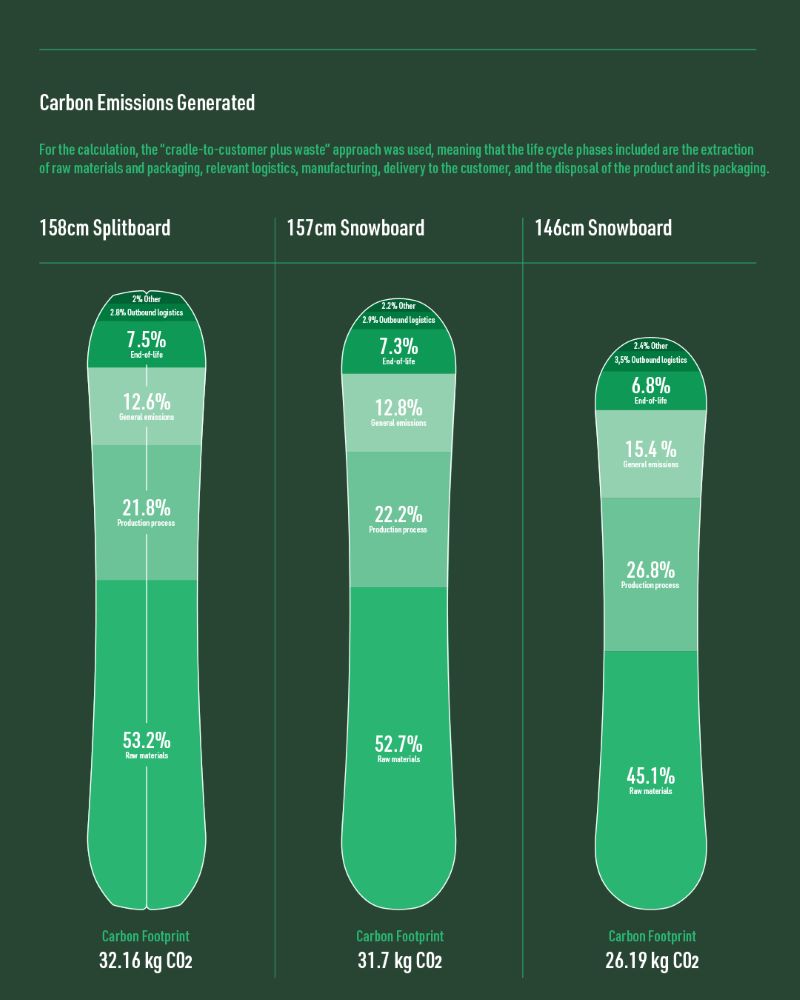
Talk to us about a snowboard company becoming climate neutral…
We used the time wisely during the pandemic. Nitro is not known for big claims when it comes to sustainability on products. And for a good reason. We promised ourselves that we will not abuse our efforts in that respect as a marketing tool.
Many years ago, we started to improve the way we produce, with the main aim of reducing the carbon footprint we leave behind. We did this because we naturally care and feel responsible for our doings. We all have families, and we want to make sure that our kids will grow up in the same environment we did. We already have our snowboard factory powered by 100% solar power, but we never made a story out of it; we reduced all plastic in packing with bindings, but never shouted it out loud. There is an endless list that I could rattle off now, but that’s not the point. My point is that I see myself confronted with so many different stories and initiatives towards sustainability in snowboarding. Don’t get me wrong, that’s great, as we are all in this together. But I also see a lot of marketing stories, claims that are easy to digest for the consumer and should make them feel better when buying a product. And that’s the big problem for me. Our industry will never be sustainable, and people should know that. We all build products that one day will end up on a garbage dump. No matter if we use bio resin or recycled fabrics. This is why I would not call it a sustainable sport. But what we can do is to reduce the emissions along the way.
So, last season, we started the process to reduce the emissions produced when making our snowboards. We partnered up with ClimatePartner and they helped us to calculate all emissions that we create when producing a snowboard. From cutting trees to the finished production and even all the way until the product gets thrown away. That was a very interesting learning curve and helped us to get a better and more precise idea where emissions happen and also where we can avoid them. What I like about the process is that it’s very honest and transparent. We released all that data on to our website for people who are interested. We calculate, analyse where we have potential to reduce emissions, reduce emissions where we can and compensate what’s left. This leads to a climate neutral product. Paying for offsetting emissions possibly has a strange taste for some people. But putting money in projects that will help to absorb the amount we emit sounds like a good solution for me. But like everything, this was just the first step, and we are proud that we took it.
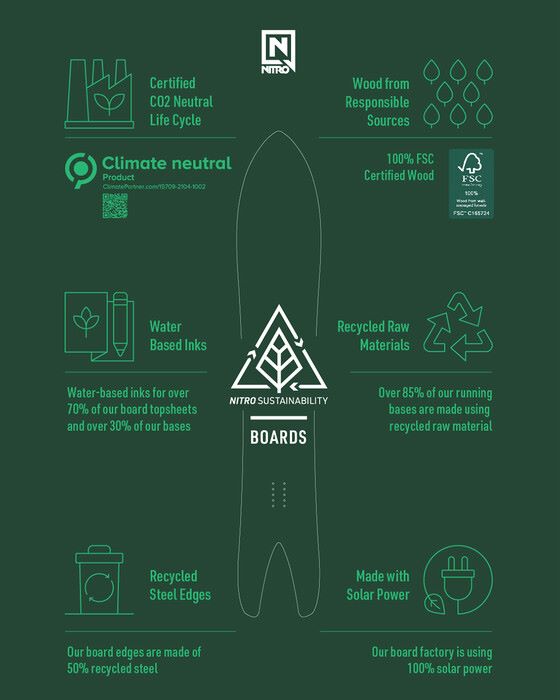
How are you helping retailers get on board with this messaging?
I hope that retailers appreciate our efforts. We can all feel the rising expectations from consumers, that they are looking to brands to assume responsibility. And that’s great! Consumers will make brands change.
It’s just important that dealers are able to understand the difference and don’t get blinded by marketing claims. They see themselves confronted with so many brands, and each brand has their own story and their own take on it.
There are some really good ones out there and some that need to improve for sure. The hardest challenge for dealers will be to compare different initiatives with each other to find out for the consumer which product is better for the planet.
I really hope that more brands focus on their emission reduction and compensate the rest. That will make it easy for the dealer to tell which products have less harm for our environment.
And the customer?
On the consumer level, I see the same challenges as for dealers, the immense messaging through labels and stories makes it very complicated for consumers to really understand what they’re buying into. It should not be the consumer’s responsibility to google and dig into each measure to find out what impact a product has. It’s the brand that has to explain to the consumer what they stand for. But in reality, the topic is pretty complicated and not easy to reduce to one sentence or marketing claim.
I would encourage any consumer to not look at features that are called out in terms of sustainability. Rather look at the company itself. Is it owned by investment funds who constantly have the pressure to grow? Is it managed privately and not selling products in every available outlet? If all brands had less pressure to grow and only produced the products the market actually needs, the whole industry would already be a big step ahead. By working with national distributions and them working with local stores to collect orders, we are not facing the issue of over production. We produce what shops need from us. That’s probably the most sustainable thing we do without anybody talking about it. Think about it…
What has been the biggest challenge in your mission for climate neutrality?
For sure, the biggest mission was to figure out how we approach this topic in general. Once we decided to go climate neutral on products, we found it was pretty easy to do with the help of ClimatePartner. You need time, the will, and the readiness to give up margin to compensate.
The whole process took no longer than 3 months. Reducing emissions in production or along the chain of distribution is an ongoing project that you need to focus on for many years.
Are there any glaringly obvious changes you’d encourage other snowboard companies to jump on ASAP for the sake of Mother Nature?
I can only encourage other brands to take a similar approach to ours. Focus on reducing your emissions and compensate what you can’t reduce. Don’t take out one specific feature and put that on a hang tag to convince people that the product is eco-friendly. If you use ingredients with less impact, that’s great. But if you focus on CO² reduction, the process itself will automatically lead to the right kind of materials. Play the game differently, look at it like you have to pay an amount every year to be climate neutral and as a company you try to reduce that amount every season. By doing this, you automatically end up with better products. And like I said earlier, I don’t want to throw anybody under the bus here. There are many good people out there with great initiatives. Let’s just try all our best to communicate, openly and honestly, and make our industry leading in that segment. We are the ones affected the most in the long run anyways.
What further plans do you have to take your brands sustainability to the next level?
I would not call it the next level. Rather, it’s millions of baby steps that will lead us to a better future. I plan to start the same process of climate neutral products for bindings, then boots and then outerwear. At the same time, we are trying to further reduce our emissions for boards that we’ve started already. We will keep an eye on the market for new technologies that can be applied or new production methods that will have less impact. It’s a long journey and I am happy we started it a while ago.




